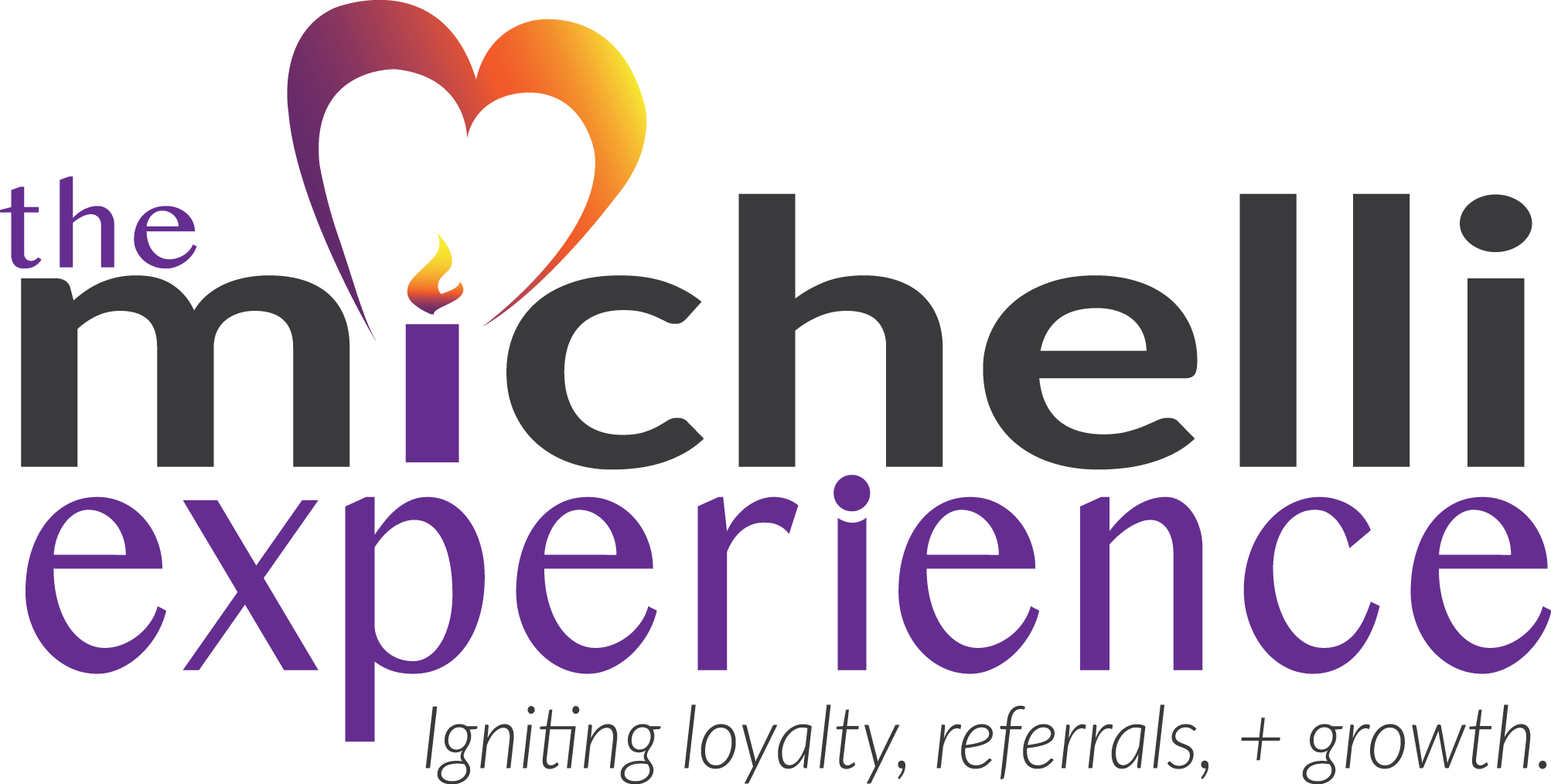This is the first in a series of posts on the role technology and human service play in creating repeat business and customer referrals. This initial post focuses on the strengths of technology-aided and human-powered customer experiences. Upcoming installments will highlight where and how to deploy technology and human contact across your customer’s journey.
The Times They Are a Changing
In this technological age, business leaders are increasingly turning to tools like artificial intelligence (AI) to meet the challenges of a tight labor market, inflation, and changing consumer preferences.
While technologies like AI are game changers across industries – they are ultimately just tools that produce varied results depending upon who deploys them. When it comes to customer experience enhancement, the strength of tools like AI essentially involves:
- Improved efficiency and productivity: AI and related technologies can automate repetitive tasks, freeing employees to focus on more complex and value-added activities. For example, a chatbot can answer common customer questions, such as “What is your return policy?” or “When will my order ship?” This allows customer service representatives to handle more complex inquiries, such as troubleshooting technical problems or resolving billing disputes.
- Increased personalization: Data mining tools can help businesses understand their customers’ needs and preferences, enabling them to deliver more personalized experiences. For example, an e-commerce company can use AI to analyze a customer’s purchase history and browsing behavior to recommend products likely to interest the customer. Or, a travel company can use AI to recommend personalized itineraries based on a customer’s travel preferences.
- Enhanced decision-making: Leaders can use AI to gain insights into customer behavior and trends, helping them make better decisions about their products, services, and marketing campaigns. For example, a restaurant can use AI to analyze customer data to identify the most popular dishes and menu items. Or, a retailer can use it to analyze customer purchase data to identify trends and predict future demand.
- Improved customer satisfaction: When leaders blend human service and AI effectively, they can create a customer experience that is both efficient and personalized. This leads to increased customer satisfaction, loyalty, and advocacy. For example, a customer is more likely to be satisfied with their experience if they can quickly and easily get help from a chatbot and then receive personalized product recommendations from an employee.
Asking for Help, Strong Leadership & Seamless Integration
At the Michelli Experience (the CX consulting firm I lead), prospects and clients ask us when and how to deploy tools like AI. However, we also know that many leaders are reluctant to reach out for assistance despite the challenges of identifying specific needs and preferences of core customer segments and determining how to optimize automation and personalized service to address those needs.
Despite that reluctance, we know that “human-powered and technology-aided” customer experience excellence requires leadership vision, humility, a commitment to organizational growth, and the courage to ask for help.
As part of that growth commitment, transformative customer experience organizations are led by people who invest in their culture. For example, leaders provide ongoing training for employees on how to use technology tools effectively and guide them on how to provide personalized service wherever possible. They also work with subject matter experts and business partners to ensure seamless integration of human service and AI tools. This means providing a consistent experience across all channels, whether customers interact with a chatbot, speak with a human representative, or send an email.
In the next installment in this series, we will specifically look at the intersection of human service and technologies like AI across all phases of a customer journey (e.g., consideration, purchase, a need for service) and provide tips on how to deliver technology and human service in ways that exceed customer expectations. Until then, I wonder:
How willing are you to seek help achieving a balanced “human-powered/technology-aided” approach to customer experience excellence?
Are you investing in efficiency and productivity-enhancing technologies while also investing in training for your team – so they can personalize the care they provide?

Joseph A. Michelli, Ph.D. is a professional speaker and chief experience officer at The Michelli Experience. A New York Times #1 bestselling author, Dr. Michelli and his team consult with some of the world’s best customer experience companies.
Follow on Twitter: @josephmichelli



